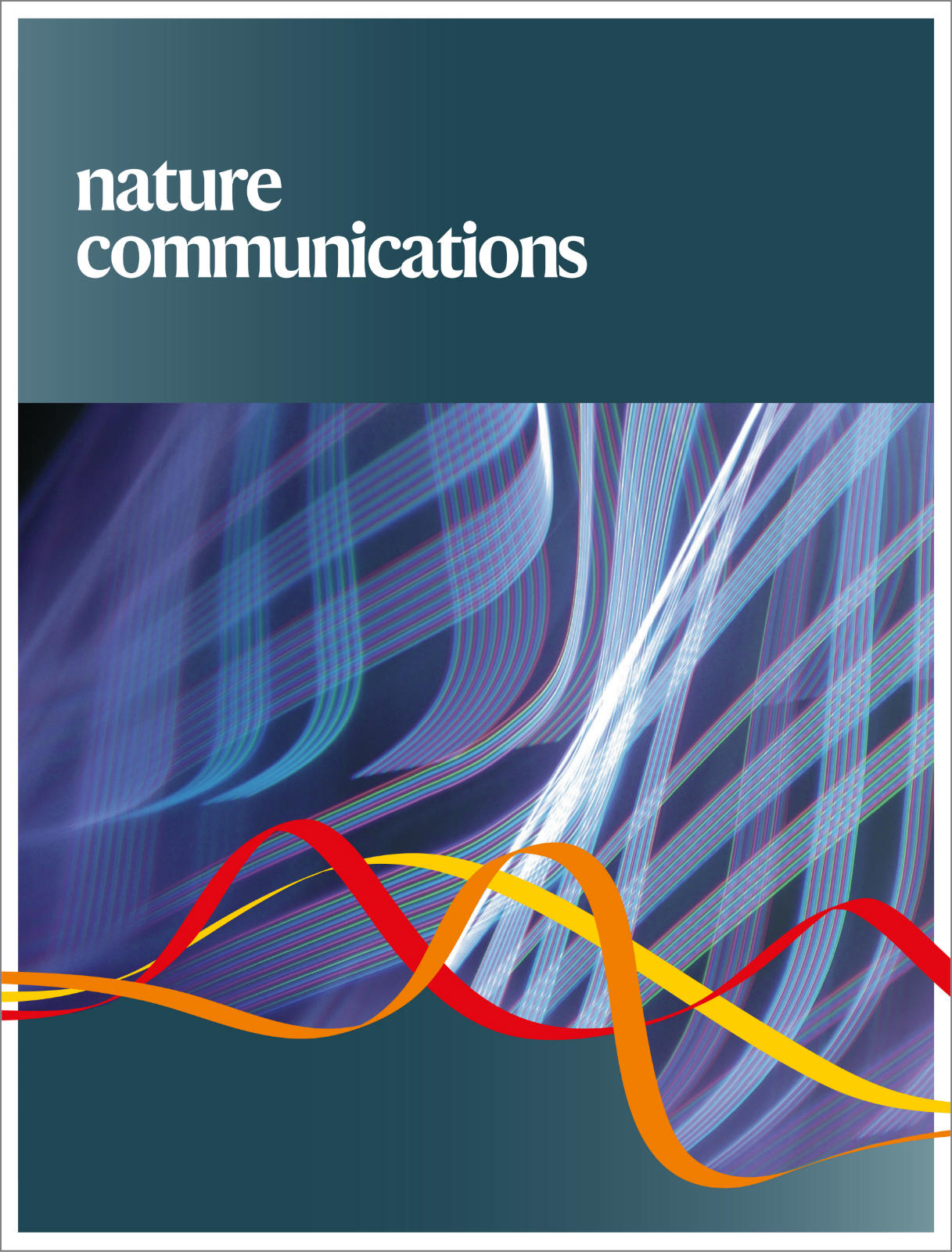Establishing a pure antiferroelectric PbZrO3 phase through tensile epitaxial strain.
IF 14.7
1区 综合性期刊
Q1 MULTIDISCIPLINARY SCIENCES
引用次数: 0
Abstract
The nature of lead zirconate, the historical antiferroelectric material, has recently been challenged. In PbZrO3 epitaxial films, thickness reduction engenders competition among antiferroelectric, ferrielectric and ferroelectric phases. All studies so far on PbZrO3 films have utilized commercially-available oxide single crystals with large compressive lattice mismatch, causing the films to undergo strain relaxation. First-principles calculations have predicted that tensile strain can stabilize antiferroelectricity down to the nanometre scale. Here we use tensile strain imposed by artificial substrates of LaLuO3 to stabilize a pure antiferroelectric phase in PbZrO3. Sharp double hysteresis loops of polarization vs electric field show zero remanent polarization, and polar displacement maps reveal the characteristic up-up-down-down antipolar pattern down to 9 nanometre film thicknesses. Moreover, the electron beam can move this antipolar pattern through the nucleation and annihilation of translational boundaries. These results highlight the critical role of coherent epitaxial strain in the phase stability of PbZrO3.通过拉伸外延应变建立了纯反铁电PbZrO3相。
锆酸铅的性质,历史上的反铁电材料,最近受到挑战。在PbZrO3外延薄膜中,厚度的减小会导致反铁电相、铁电相和铁电相之间的竞争。到目前为止,对PbZrO3薄膜的研究都是利用市售的具有较大压缩晶格失配的氧化单晶,导致薄膜发生应变松弛。第一性原理计算预测,拉伸应变可以稳定到纳米尺度的反铁电。在这里,我们利用LaLuO3人造衬底施加的拉伸应变来稳定PbZrO3中的纯反铁电相。极化与电场的尖锐双磁滞回线显示零剩余极化,极性位移图显示在9纳米薄膜厚度下具有典型的上-上-下-下反极性模式。此外,电子束可以移动这个反极性图案通过成核和湮灭的平移边界。这些结果强调了相干外延应变在PbZrO3相稳定性中的关键作用。
本文章由计算机程序翻译,如有差异,请以英文原文为准。
求助全文
约1分钟内获得全文
求助全文
来源期刊

Nature Communications
Biological Science Disciplines-
CiteScore
24.90
自引率
2.40%
发文量
6928
审稿时长
3.7 months
期刊介绍:
Nature Communications, an open-access journal, publishes high-quality research spanning all areas of the natural sciences. Papers featured in the journal showcase significant advances relevant to specialists in each respective field. With a 2-year impact factor of 16.6 (2022) and a median time of 8 days from submission to the first editorial decision, Nature Communications is committed to rapid dissemination of research findings. As a multidisciplinary journal, it welcomes contributions from biological, health, physical, chemical, Earth, social, mathematical, applied, and engineering sciences, aiming to highlight important breakthroughs within each domain.
 求助内容:
求助内容: 应助结果提醒方式:
应助结果提醒方式:


